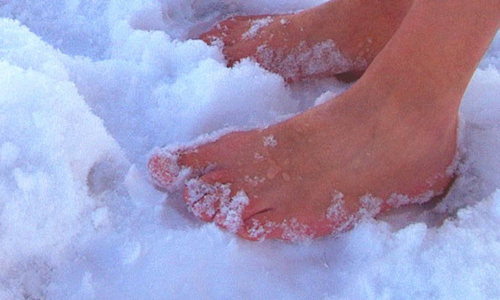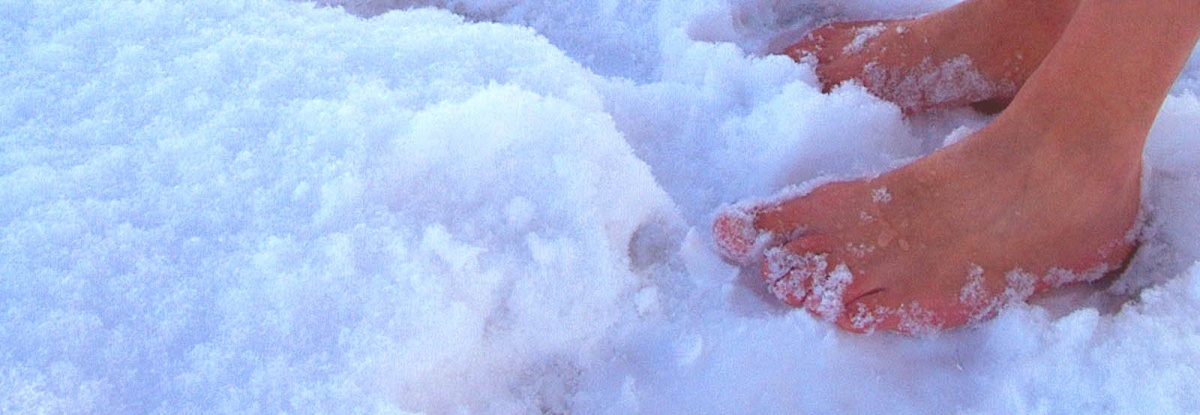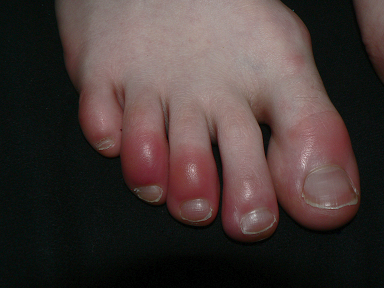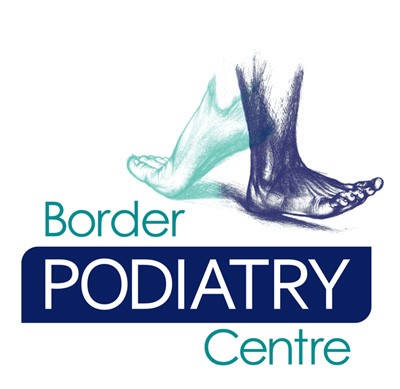

So here I was reading the sports section of the local newspaper when I noticed players at football training running on cold wet grass with no shoes or socks on…in the middle of winter (I am not kidding). I checked the temperature that evening – absolutely freezing!
So picture this. The feet are nice, warm and cozy in their nice warm socks and shoes. The feet then come out of their nice warm cozy place to run around on freezing cold and wet grass and then what is the first thing that happens when you finishing running around on the freezing cold wet grass? You hit the showers or a nice hot bath to heat those little tootsies up. Sounds feasible right?
Well this is the perfect sequence of events, something will all do to different extents, for the development of painful, aching, throbbing CHILBLAINS. Ouch!
What exactly are chilblains I hear you ask? Chilblains are abnormal vascular reactions to the cold. In cold conditions the small arteries and veins in the body narrow to conserve heat which is a normal response to low temperatures. The chilblains occur upon rewarming when widening of the vessels is not uniform and, as a result, circulation is obstructed. This causes a small red and superficial area of swelling to form.

At various stages, chilblains can be white, blue, red or purple and can be numb, itchy or throbbing. Chilblains can occur on the fingers, toes, heels, lower leg, nose or ears. They may be singular or multiple and will usually resolve within 3-5 weeks. Sometimes this does not occur and the chilblains will breakdown or even ulcerate.
Chilblains can be caused by:
- Exposure to cold, especially damp cold.
- Inadequate footwear, sock or clothes.
- Poor circulation.
- Endocrine imbalance.
- Poor nutrition.
- Infection in the affected area.
- Calcium deficiency.

Chilblains can be prevented by:
- Wearing warm clothing or layers of clothing.
- Avoiding exposure to damp and cold conditions.
- Regular exercise.
- Warming extremities up slowly.
- Avoiding trauma to susceptible areas (eg. tight toe box in shoes.)
- Correcting or treating any underlying deficiencies or systemic problems.
Once lesions have appeared there are a number of treatments that are available. As there are four different levels of chilblain severity, all requiring different treatments, it is important to see your podiatrist to determine which treatment is appropriate.
